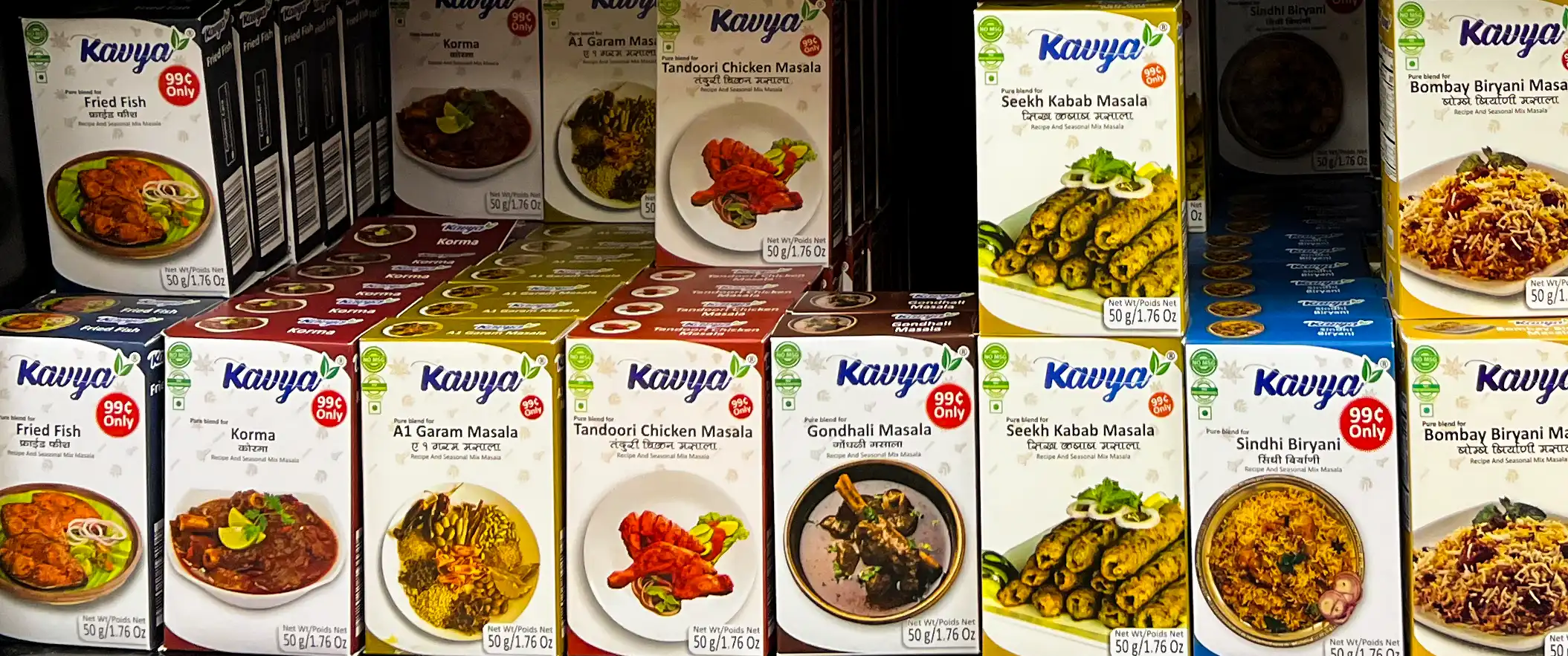Tandoori Chicken

By Rob Curran and Shea Scott
My friend Anjali Cordeiro introduced me to Indian home cuisine. Anjali, a colleague of mine at Dow Jones in New Jersey, did not do too much cooking herself. She was more apt to buy meals from the “tiffin lady” who delivered the kind of mid-afternoon tapas that young Indian immigrants in Jersey City thought they had left behind in cities such as Mumbai, where Anjali started her journalism career.
The occasions when Anjali shared with me the delights of Indian home cooking were the occasions that her parents visited from their home in Pune, in the state of Goa (also home to the Rajneeshi cult made famous by the Netflix “Wild Wild Country" documentary). Anjali’s mother’s cooking was transporting. She filled every table she could find in Anjali’s one-bedroom apartment with colorful, aromatic dishes including Goa fish curries, basmati rice, dal lentils, and chicken encrusted with various coatings so flavorful that I almost went into Rajneeshi-style paroxysms myself.
Those dinners were so good that it was not uncommon for me to burst into the railroad apartment I shared with my wife Sara and call out “Anjali’s mum is coming to visit! Anjali’s mum is coming to visit!” loud enough that several neighbors would start up with the broom-sticks we used to communicate to one another about noise.
Anjali’s mum’s cooking is one of those products, like German wooden toys or Spanish leather work, which cannot be replicated, unless you have a few generations of apprentices on hand willing to sit at the righthand of the master or mistress for 100 years or so. In Salman Rushdie’s sweeping fictionalized biography of the Indian nation’s birth and early life, Midnight’s Children, the protagonist is blessed with a singularly sensitive nose. For Rushdie, there’s no separating India’s ancient spiritual traditions or its violent struggle for identity from the unparalleled olfactory riches of its streets and kitchens. There’s no way I could ever come close to the spiritual, almost violent beauty of the Cordeiros’ fish curry, and I will just have to savor the memory of it until such time as I can get over to Pune for a visit.
Having said that, Anjali did share with me a recipe for one of the chicken dishes that I’d loved so much, and, using the recipe, I’ve been able to make a dish that’s at least a distant echo of her mother’s work. To prepare a good chicken tandoori, visit Bavyas Indian Grocery, (229 W. Hickory, 76201). It’s a recently opened store that’s intended to make Denton’s growing community of students from the subcontinent at home. There are plastic statuettes of Hindu deities such as Ganesh; a wide range of spices and ingredients for Indian cooking and confectionary. Here's a recipe using the Tandoori Chicken Masala purchased at Bavyas.

This tandoori chicken is slightly different from the one you'll find in restaurants, but has excellent flavor. It isn't burn your tongue spicy, but does have some heat.
Plain yogurt tenderizes the meat with lactic acid, but it's gentler than vinegar or citrus juices, so you don't run the risk of the meat getting mushy or tough. You can substitute Greek yogurt but will need to thin it with water or milk.
If you want to make this super easy or don't have the ingredients, feel free to omit the garlic ginger paste and lemon juice.
I highly recommend making your own garlic ginger paste with a ginger & garlic grater. It's just equal parts grated fresh peeled ginger and grated garlic. You can also use this grater for zesting citrus, parmesan cheese, and anytime you need minced garlic. I use mine all the time and promise it isn't a one-trick pony.
Some side dish ideas are rice, roasted potatoes, roasted cauliflower, naan, cucumber salad, raita or tzatziki sauce.
Tandoori Chicken
Ingredients
Instructions
- In a bowl, mix together yogurt, garlic ginger paste*, lemon juice*, tandoori spice mix, and salt.
- Add the chicken to the yogurt mixture and make sure the chicken is evenly coated. (If you want it extra spicy, you can spread the yogurt mixture under the chicken skin) Leave in the refrigerator for at least 3 hours, but preferably overnight.
- Preheat oven to 475°F
- Place the chicken, skin-side up, on a baking rack in a foil lined pan. Cook on the top rack of the oven for 10 minutes.
- Flip the chicken and cook 10 minutes.
- Lower the temperature to 400°. Move to the middle oven rack and cook 10 minutes.
- Flip the chicken, it should be skin-side up at this point. Spread small amounts of butter on the skin (optional) and cook for 10-15 minutes or until the chicken reaches 180°.
- Remove from oven and let rest for 5 minutes before serving.

